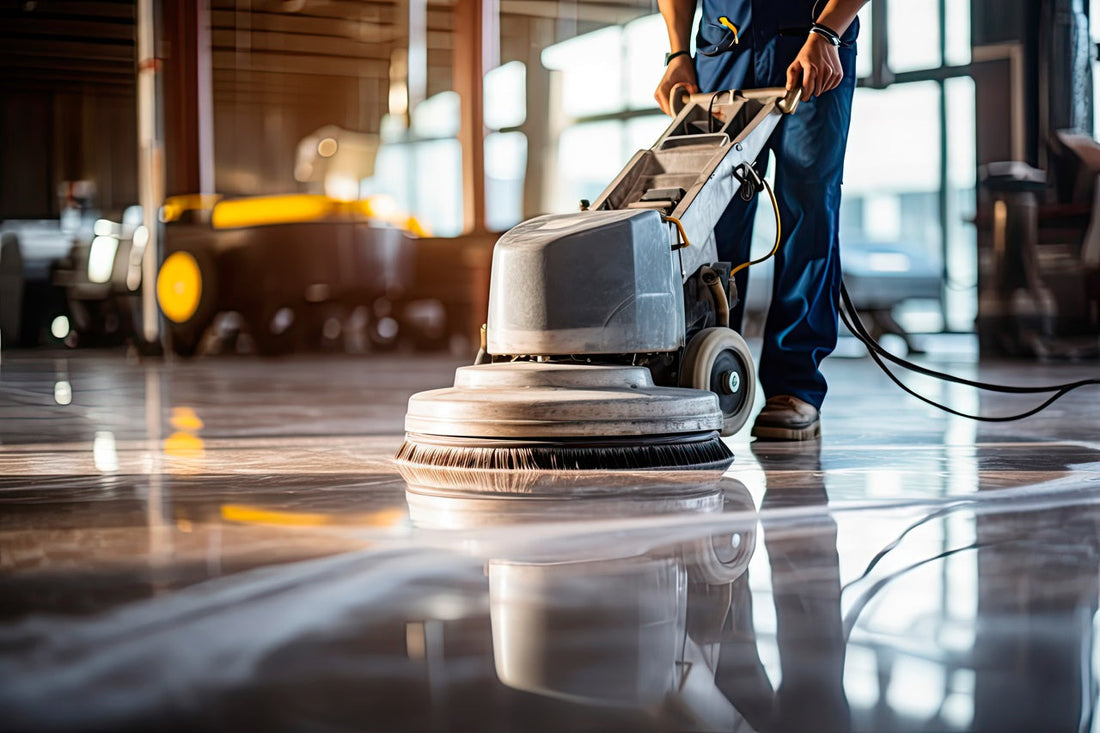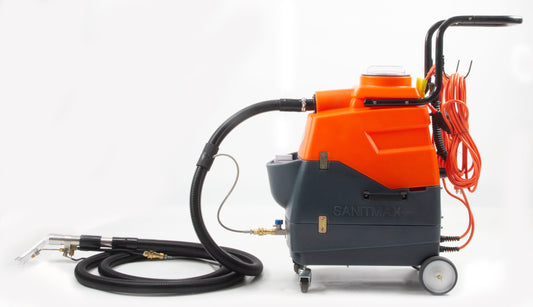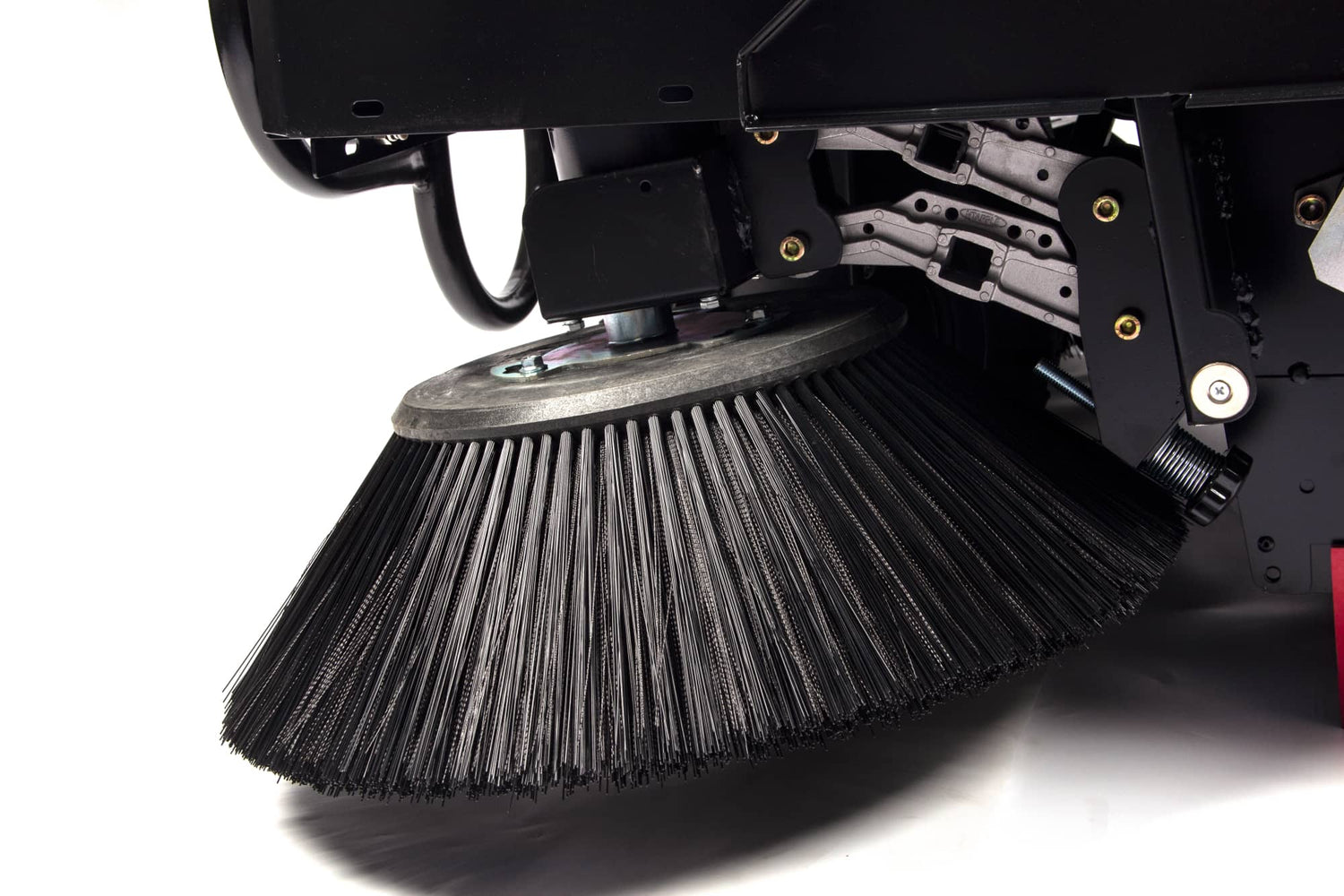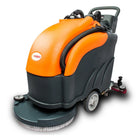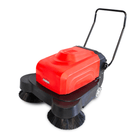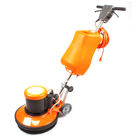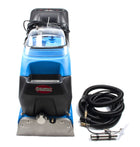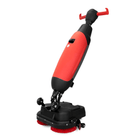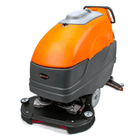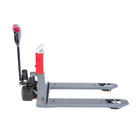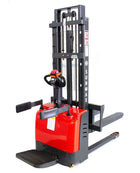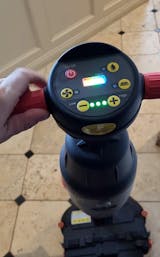Understanding Your Industrial Cleaning Machines
Industrial cleaning equipment includes a wide range of machines, each designed to tackle specific tasks and environments. From carpet extractors to floor sweepers and vacuum cleaners, these industrial cleaning machines rely on vacuum motors to help maintain cleanliness in industrial settings. Understanding the functions and needs of each cleaning equipment type is the first step to effective maintenance and operation. Carpet extractors clean carpets by injecting water and solution while removing dirt and moisture. Regular maintenance of water tanks and hoses is needed to prevent blockages and ensure peak performance.
Likewise, cleaning machines like floor sweepers need regular checks for worn brushes and proper sweeping adjustments. Vacuum cleaners also require maintenance, including frequent filter and bag replacements to keep suction strong. This knowledge not only prevents unnecessary wear and tear but also maximizes the lifespan of the cleaning equipment, ensuring that your investment in industrial cleaning technology continues to deliver the best results over time. Proper understanding and care of your cleaning machines are integral to maintaining a hygienic and resourceful industrial environment.
Regular Maintenance Schedules And Practices
Daily checks are the foundation of any maintenance regimen. Start by inspecting your cleaning machines for any visible signs of wear and tear, such as worn brushes on floor sweepers or compromised hoses on vacuum cleaners. Make sure that all moving parts are lubricated and that there are no loose fittings or connections that could hinder the equipment's performance. Additionally, daily maintenance should include emptying vacuum bags, cleaning filters, and checking the water levels in carpet extractors. These practices can prevent small issues from becoming big problems, reducing downtime and extending the life of your cleaning equipment.
Setting a schedule for regular inspections and servicing is crucial. Monthly checks should include examining cleaning machines, testing electrical parts, checking for software updates, and ensuring seals and gaskets are intact. Quarterly servicing should involve professional maintenance, where technicians can conduct in-depth inspections, make necessary adjustments, and replace worn-out parts. By following a consistent maintenance schedule, you can prevent unexpected breakdowns, maintain the functionality of your industrial cleaning equipment, and ultimately protect your investment.
Keeping Your Vacuum Motor in Top Condition
The vacuum motor is a central part of many industrial cleaning machines, providing the suction power necessary to capture dirt, debris, and pollutants from various surfaces. Regular maintenance of the vacuum motor not only expands its lifespan, but also strengthens the performance of your cleaning machines. Start by scheduling routine cleaning of the motor to remove any dust or debris that may have accumulated over time. This prevents overheating and secures consistent performance. Also, routinely check the motor's brushes, as worn brushes can negatively affect motor functionality. Replacing them when they show signs of significant wear is a simple yet important step in motor maintenance.
industrial cleaning
Keeping the vacuum motor's moving parts well-lubricated reduces friction, minimizes wear and tear, and allows easier operation. Use the manufacturer-recommended lubricants and follow their guidelines for frequency and application to avoid any damage. Proactively troubleshooting can avoid costly repairs. Listen for unusual sounds, check for overheating, or reduced suction power. By focusing on these maintenance practices, you ensure that the vacuum motor in your industrial cleaning machines remains in top condition, contributing to a clean and functional work environment.
Managing Foam Control in Carpet Extractors
Managing foam control in carpet extractors is necessary in maintaining the cleaning machine's productivity and lifespan. Foam buildup in carpet extractors can reduce cleaning impact by blocking suction, leaving carpets damp and promoting mold and mildew growth. To prevent these problems, it is important to use proper foam control techniques. One powerful method is to apply a defoaming agent which breaks down the foam, allowing the extractor to maintain optimal suction and cleaning power. Regularly adding the appropriate amount of defoamer to the recovery tank can greatly refine the performance of your carpet extractor.
Also, it is necessary to monitor the cleaning solution concentration, as excessive detergent can lead to increased foam production. Always follow the manufacturer's guidelines for the correct proportions to maintain a balance that minimizes foam while ensuring productive cleaning. Another practical tip is to regularly clean and maintain the carpet extractor’s tanks and hoses, as blockages or residue buildup can exacerbate foam issues. Administering these foam control strategies safeguards your cleaning machines to operate at their fullest potential.
Necessary Checks For Floor Sweepers
floor sweeper
cleaning equipment
Floor sweepers are made to clean large areas of dust and debris. To maintain performance, regular checks on important parts, like the brushes, are needed. Regularly check the condition of the brushes and replace them when they show signs of significant wear or when bristle length is noticeably reduced. Besides the brushes, battery-operated floor sweepers need regular battery maintenance. Ensure proper charging and check for corrosion or damage that could affect performance.
Proper battery care not only extends the lifecycle of your cleaning machine but also guarantees uninterrupted operation during cleaning tasks. Filters are another necessary part of floor sweepers that need regular checks. Clean and replace filters as needed to maintain the machine's airflow and suction power, which are required for capturing fine dust and particles. Focusing on these main tasks will improve the durability and performance of your floor sweepers, keeping them reliable for maintaining cleanliness in your industrial space.
Choosing The Right Cleaning Equipment
Look for machines created from durable materials that can resist the rigors of heavy-duty cleaning tasks. Stainless steel components and high-grade plastics often indicate a longer lifespan and greater resistance to wear and tear. Cleaning machines with advanced features such as competent motor systems that reduce energy consumption while maintaining powerful suction or cleaning capabilities. Also, consider the ease of maintenance when choosing your cleaning equipment. Machines that offer straightforward access to main components like filters, brushes, and tanks simplify routine maintenance, ensuring that your industrial cleaning machines remain in optimal condition.
Partnering with reputable manufacturers known for their reliable after-sales support and extended warranties can greatly increase the lifespan of your industrial cleaning machines. Easy access to spare parts and professional servicing helps prevent breakdowns and extends the life of your equipment. By prioritizing these factors when selecting cleaning machines, you can greatly reduce downtime and costly repairs. Choosing the right cleaning equipment is a strategic investment that supports not only the cleanliness of your industrial environments but also the sustainability and affordability of your operations.

